Table of Contents
Introduction to Paprika
Paprika is a vibrant red powder that adds both color and flavor to countless dishes. Derived from dried and ground peppers, paprika has been used for centuries in various cuisines, particularly in Hungarian, Spanish, and Mexican cooking. But what makes it so special? Let's uncover the magic behind this beloved spice.
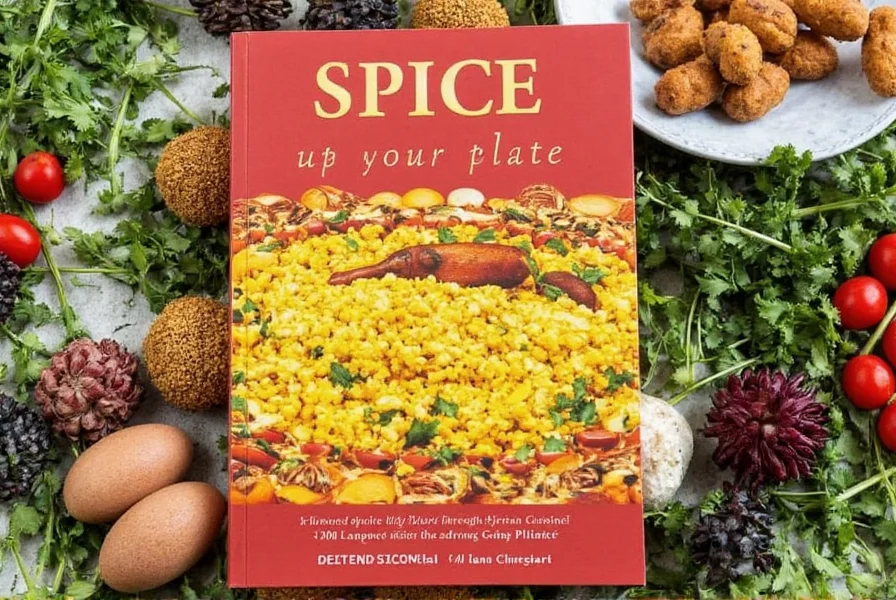
Types of Paprika and Their Uses
Not all paprikas are created equal. There are several varieties, each with its own unique flavor profile and culinary applications. Here's a quick overview:
| Type | Flavor Profile | Best Used In |
|---|---|---|
| Mild Paprika | Subtle sweetness, little heat | Soups, stews, and sauces |
| Smoked Paprika | Earthy, smoky notes | Grilled meats, roasted vegetables |
| Hot Paprika | Spicy and bold | Spicy dishes, chili, and salsas |
| Sweet Paprika | Rich, sweet aroma | Desserts, spice blends, and baking |
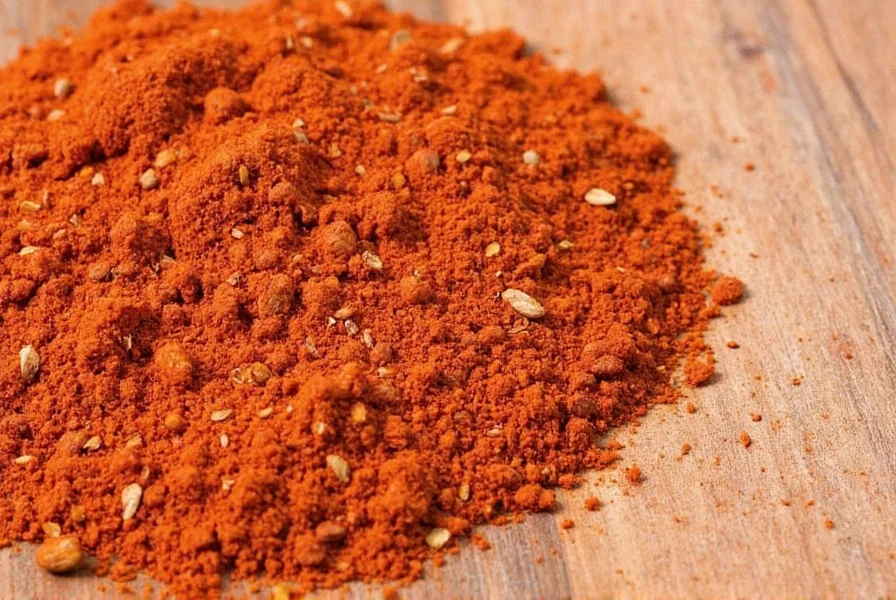
Cooking with Paprika: Practical Tips
Using paprika can elevate your dishes from ordinary to extraordinary. Here are some tips to help you get the most out of this versatile spice:
- Start Small: Paprika is potent, so start with a small amount and adjust to taste.
- Use It Early: Add paprika early in the cooking process to let its flavors develop fully.
- Pair It Wisely: Combine it with other spices like garlic, cumin, or oregano for more depth.
- Experiment with Heat: If you're using hot paprika, be cautious—it can easily overpower a dish.
- Try Smoked Varieties: Smoked paprika adds a unique layer of flavor that’s perfect for grilled or roasted foods.
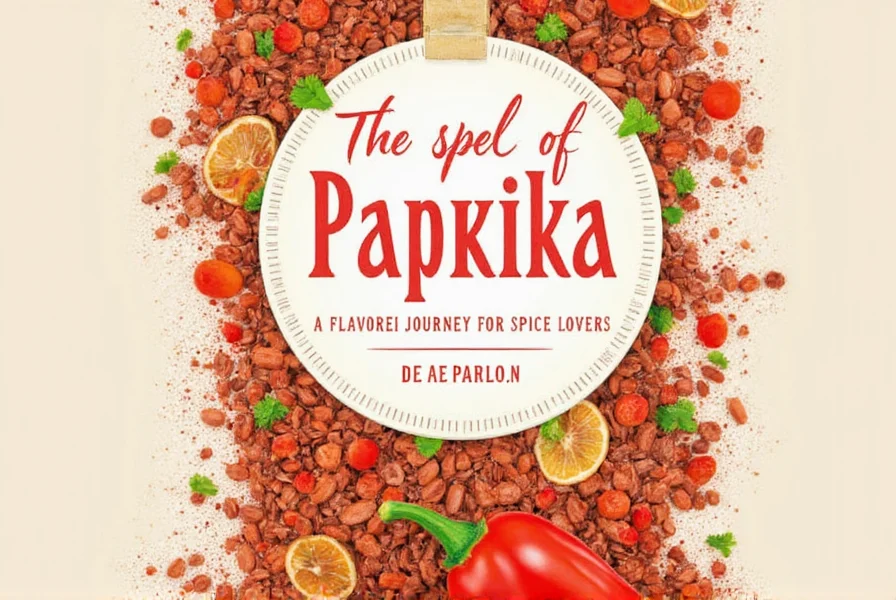
Buying Guide: How to Choose the Best Paprika
When it comes to buying paprika, there are a few things to consider to ensure you're getting the best quality for your money. Here's a detailed guide:
Features to Look For
- Origin: Paprika from Hungary or Spain is often considered high quality.
- Color: Bright red indicates freshness and potency.
- Smell: Aromatic and slightly sweet—avoid anything that smells musty or stale.
- Texture: Fine and powdery, not clumpy or gritty.
Recommended Products
Here are a few top picks for different needs:
- Traditional Hungarian Paprika
- Features: Rich, sweet flavor with a slight heat.
- Use Cases: Traditional dishes like goulash and paprikash.
- Target Audience: Home cooks and professional chefs who value authenticity.
- Suitable Occasions: Everyday meals, holiday feasts, and family gatherings.
- Smoked Paprika (Spanish)
- Features: Deep, smoky flavor with no added heat.
- Use Cases: Grilled meats, roasted vegetables, and sausages.
- Target Audience: BBQ enthusiasts and adventurous cooks.
- Suitable Occasions: Summer barbecues, weekend cookouts, and dinner parties.
- Hot Paprika (Hungarian)
- Features: Spicy and intense, with a hint of sweetness.
- Use Cases: Spicy soups, chili, and spicy tomato sauces.
- Target Audience: Those who enjoy bold, fiery flavors.
- Suitable Occasions: Winter nights, game days, and spicy food festivals.
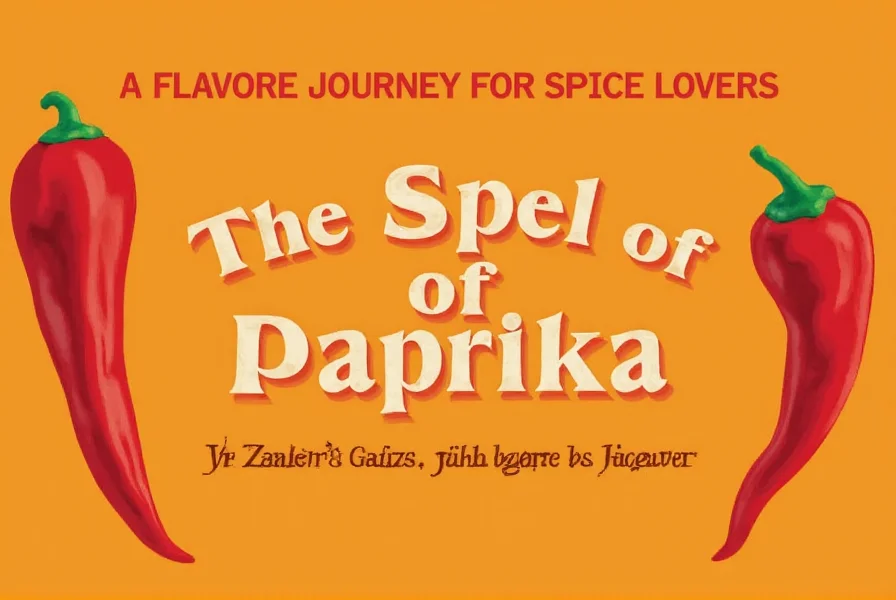
Myths and Facts About Paprika
There are many misconceptions about paprika. Let's separate fact from fiction:
- Myth: Paprika is just a coloring agent.
Fact: While it adds vibrant color, paprika also provides rich, complex flavor that enhances dishes.
- Myth: All paprika is hot.
Fact: Only certain types, like hot paprika, have heat. Mild and sweet varieties are non-spicy.
- Myth: Paprika is only used in Eastern European cuisine.
Fact: It’s widely used in Spanish, Mexican, and even Indian dishes.
- Myth: Paprika loses its flavor when cooked.
Fact: Paprika actually becomes more aromatic when heated, making it ideal for simmered dishes.
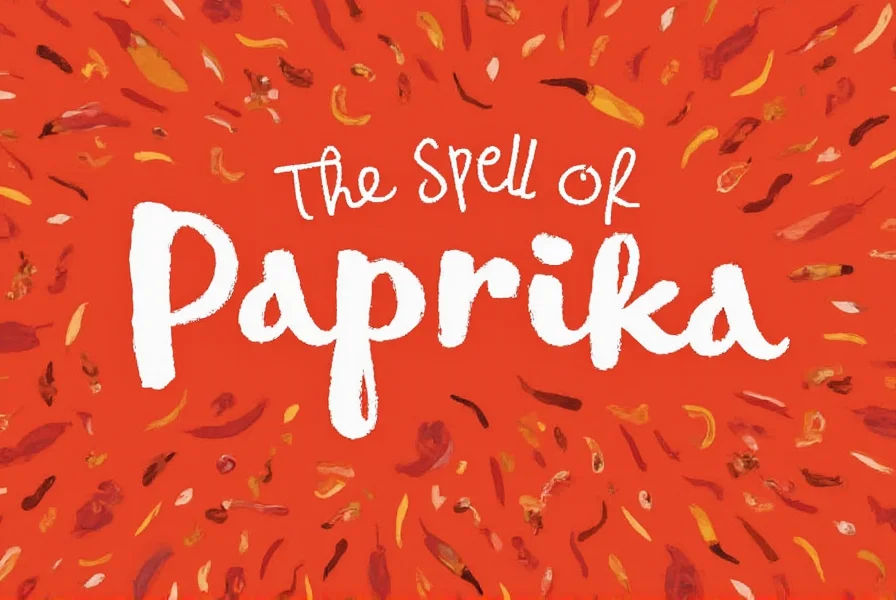
Frequently Asked Questions
What is paprika made from?
Paprika is made from dried and ground sweet or hot peppers, typically Capsicum annuum varieties. The peppers are sun-dried and then finely milled into a vibrant red powder.
Is paprika spicy?
It depends on the type. Mild and sweet paprika has little to no heat, while hot paprika contains capsaicin for spiciness. Smoked paprika ranges from mild to medium heat based on the pepper variety used.
How should I store paprika?
Paprika loses potency after 6-12 months. Store in an airtight container away from light and heat—never above the stove. For longest freshness, refrigerate after opening to preserve flavor and color.
Can paprika be used in sweet dishes?
Absolutely! Sweet paprika adds subtle warmth to chocolate desserts, spice cakes, and fruit compotes. Start with 1/8 teaspoon per serving to avoid overwhelming sweetness.
Why does paprika taste bitter?
Bitterness usually indicates overheating. Never add paprika directly to hot oil—bloom it in warm (not smoking) fat, or add early in simmered dishes to prevent scorching. Always use fresh paprika for best results.

Conclusion
In conclusion, paprika is more than just a colorful spice—it's a flavor enhancer with a long history and countless uses. Whether you're a seasoned chef or a home cook, understanding the different types of paprika and how to use them can transform your cooking. So why not try paprika and discover the magic it brings to your kitchen?
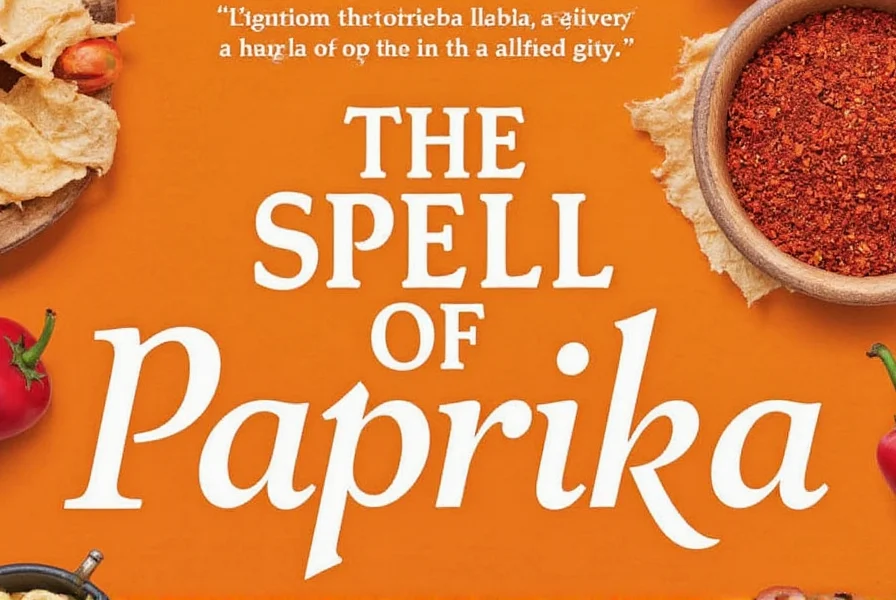
Remember, paprika's impact on your dishes is not just about taste—it's about adding depth, warmth, and a touch of global flair to every meal.

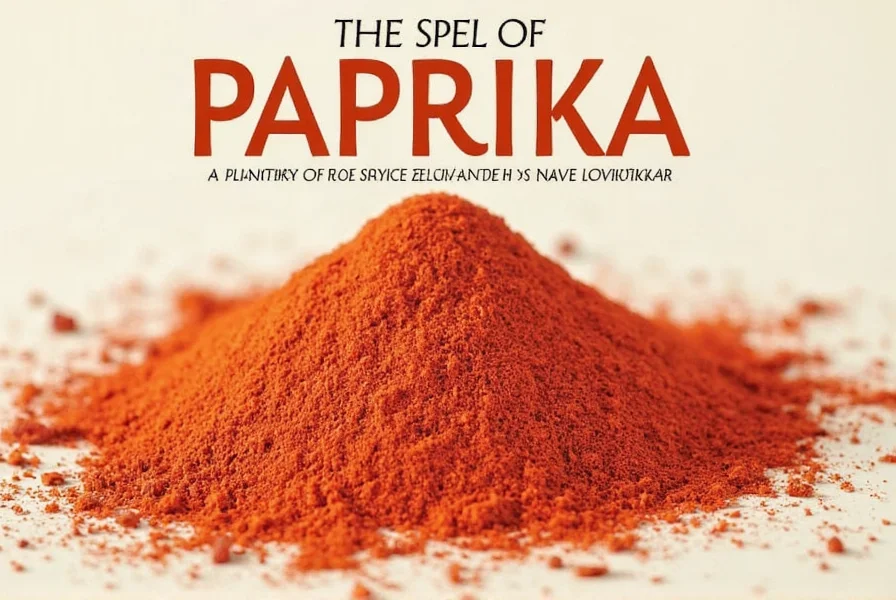









 浙公网安备
33010002000092号
浙公网安备
33010002000092号 浙B2-20120091-4
浙B2-20120091-4